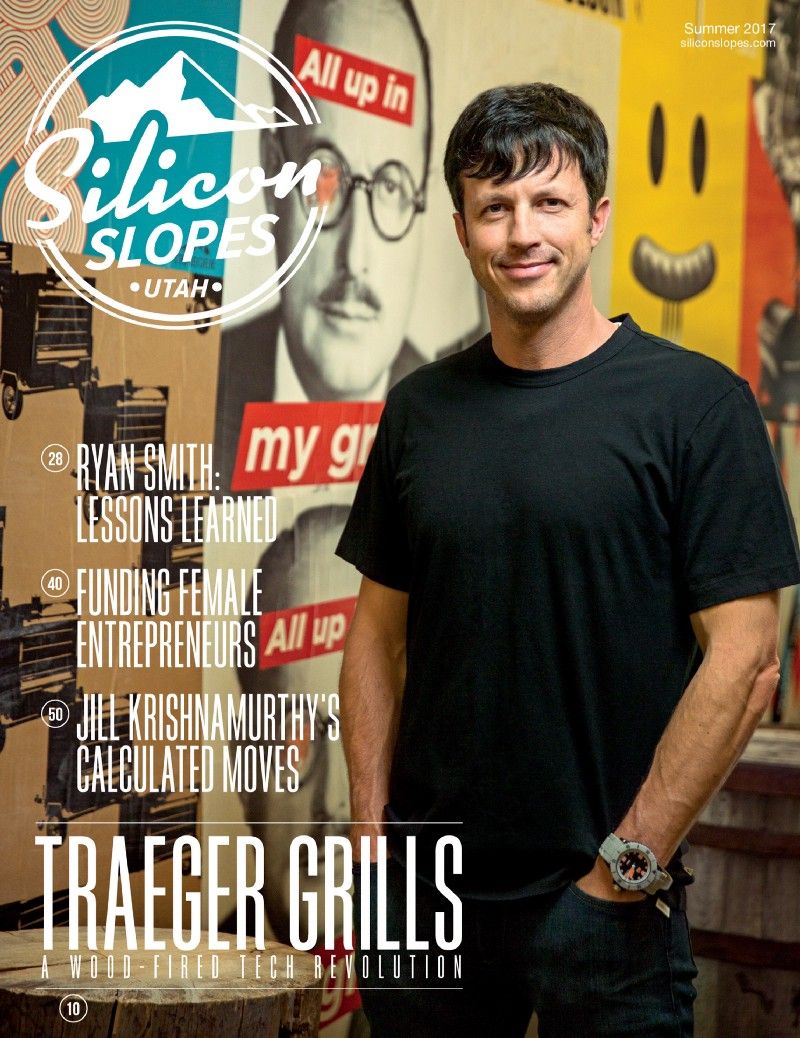by Fraser Bullock, co-founder of Sorenson Capital, COO/CFO of the Salt Lake Organizing Committee for the 2002 Olympic Winter Games.
This article was originally published in the Summer 2017 edition of Silicon Slopes Magazine.
Many elements comprise the fabric of a successful enterprise. People, strategy, operations, sales, marketing, financial structure, and many more. Which are most important? One of the key components of strategy is resource allocation. What factors should be considered as resource allocation decisions are made?
I define production leadership as having a superior product (goods, services, or software, etc.) relative to competition. Superior products meet better customer needs and result in higher customer satisfaction. Product leadership can be manifest in the form of superior features/capabilities, lower cost, better service, and in many other ways.
Product leadership facilitates marketing, sales, growth, and resulting financial returns. Salespeople would certainly rather be selling the best product available as opposed to dealing with questions about product inferiority. The marketing department would much rather promote industry-leading awards than trying to spin answers to the media around product weaknesses. The momentum of product leadership moves the entire organization forward.
When companies begin, they usually are product centric. The product continues to develop over time and becomes better at satisfying customer needs. At some point, the company may emerge as a product leader. But as the company grows, demands for investment in other areas of the company are needed to develop sales, customer support, marketing, and operations. The danger is that the investment in product leadership diminishes such that the product does not achieve product leadership or that the leadership that is established is eroded.
The foundation to any good corporate strategy are the vision and commitment to establishing and growing product leadership. Expanding the distance between a company’s product capabilities and its competitors should be central to its purpose. It is a continual journey. It is continual investment. It is continual reevaluation. It requires a deep understanding of the evolving market and customers’ current and future needs. The product strategy needs to “skate to where the puck is going to be.” The organization needs to continually look forward to anticipate needs, perhaps even before customers are aware of them, then design the next iterations of the product to meet and exceed those needs.
![]()
Although not your typical corporate experience, the 2002 Olympic Winter Games in Salt Lake City allowed us to demonstrate product leadership in a unique way. One example is that we wanted the athletes, who had trained for most of their entire lives for this moment, to have the best, most enjoyable, and seamless experience of their lives. We wanted to set the stage so that they could put on their absolute best performances possible.
We conducted in-depth research and interviews with athletes to understand every step of their journey and how we could make it the best possible. We mapped every critical hour of their experience at the Olympics where we needed to help: a perfect field of play for competitions; meals adapted to their training; comfortable, timely, and easy travel across the Olympic theater for competitions and viewing other events; entertainment; reasonable access by the media; and many more detailed elements.
When I ask Olympians who have been to multiple Games, including those of 2002, they universally say that Salt Lake was by far the best in every dimension — that there was something magical about the Games. Our product was the best possible for our most important customer group — the athletes, and we became the product leader. The 2002 Olympic Winter Games became recognized as one of the best Olympics in history, especially for the athletes. Jean Claude Killy, 3-time Olympic gold medalist and Vice President of the International Olympic Committee, said, “Salt Lake, we will always remember you. These were perfect Games.”
Product leadership is a deep corporate commitment that requires continual dedication to product vision and product investment. It is the foundation to strategy and it facilitates improved performance throughout the organization. Product leadership provides the pathway to market leadership, a place we all strive to be.






